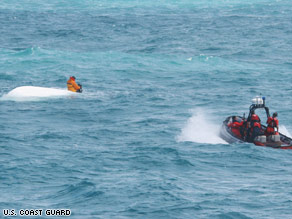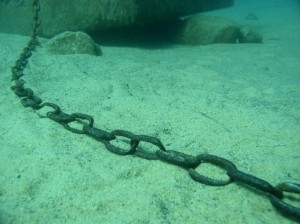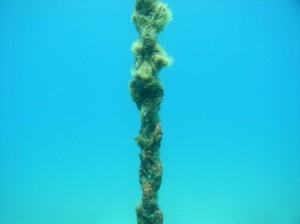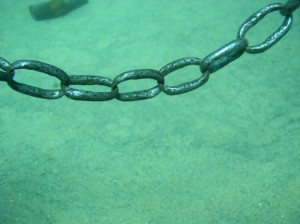Survival In Cold Water
The United States Search and Rescue Task Force has a risk list for when hypothermia might set in if you are submersed in water:
Water temperature: 32 degrees or below
Time until exhaustion or unconsciousness: Less than 15 minutes
Expected time of survival in the water: Less than 15 to 45 minutes
Water temperature: 32.5 to 40 degrees
Time until exhaustion or unconsciousness: 15 to 30 minutes
Expected time of survival in the water: 30 to 90 minutes
Water temperature: 40 to 50 degrees
Time until exhaustion or unconsciousness: 30 to 60 minutes
Expected time of survival in the water: 1 to 3 hours
Water temperature: 50 to 60 degrees
Time until exhaustion or unconsciousness: 1 to 2 hours
Expected time of survival in the water: 1 to 6 hours
Water temperature: 60 to 70 degrees
Time until exhaustion or unconsciousness: 2 to 7 hours
Expected time of survival in the water: 2 to 40 hours
Water temperature: 70 to 80 degrees
Time until exhaustion or unconsciousness: 3 to 12 hours
Expected time of survival in the water: 3 hours to indefinite
People can survive indefinitely in water temperatures above 80 degrees.
People have survived longer or shorter periods of time than outlined on this list. These are estimates.
Hypothermia symptoms
When you first fall into cold water you gasp (torso reflex). Next, your skin begins to cool, and your body constricts surface blood vessels to conserve heat for your vital organs. Blood pressure and heart rate increase. Muscles tense and shiver; this produces more body heat, but results in a loss of dexterity and motor control. As your body’s core temperature drops further, blood pressure, pulse, and respiration rates all decrease.
As conditions worsen, your mental attitude and level of consciousness change. Resisting help and acting irrational or confused are common indicators of hypothermia. As your core temperature drops dangerously low, you become semiconscious, then unconscious. Stress, shock, and low core temperatures may cause cardiac and respiratory failure.
Maximize your chances of surviving by:
- Wearing a personal flotation device (PFD)
- Adopting a survival position
- Keeping clothing on
- Getting as much of body out of the water as possible
- Remaining still and in place UNLESS a floating object, another person, or the shore is nearby
- Keeping a positive mental outlook (a will to survive really does matter)
Swimming isn’t recommended unless there is little chance of being rescued and shore is less than a mile away. Putting on a PFD after falling into cold water is almost impossible – SO WEAR IT. If you find yourself in cold water without a PFD and nothing to climb onto, tread water. Traditional drown-proofing by repeatedly lowering your head into the water and floating speeds up heat loss.




 ...
...